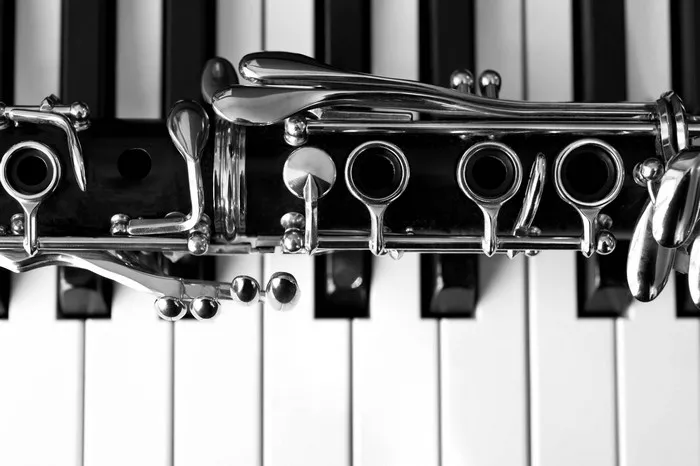Playing the clarinet can be a rewarding and enjoyable experience, but for many beginners, the instrument may feel difficult to blow. Difficulty in producing a clear and steady sound can be frustrating and discouraging. In this article, we will explore the reasons why a clarinet may be hard to blow and provide potential solutions to help overcome these challenges.
Understanding the Clarinet:
The clarinet is a woodwind instrument with a complex system of keys and tone holes. It produces sound when air is blown into the instrument and vibrates through a reed attached to the mouthpiece. The player controls pitch and tone by covering or uncovering the tone holes using their fingers. To produce a clear sound, it is important to achieve a proper balance of air support and embouchure (the position and pressure of the lips and mouth on the reed).
Lack of Proper Air Support:
One common reason why a clarinet may be hard to blow is the lack of sufficient air support. Proper air support involves using the diaphragm and abdominal muscles to generate a steady stream of air into the instrument. Insufficient air support can result in a weak or inconsistent sound.
Solution:
To improve air support, practice deep breathing exercises and focus on using the diaphragm to generate a consistent and controlled airflow. Imagine blowing through a straw or exhaling slowly and steadily to develop a consistent stream of air.
Improper Embouchure:
Embouchure refers to the position and pressure of the lips and mouth on the reed. A proper embouchure allows for optimal reed vibration and sound production. If the embouchure is too tight, too loose, or incorrectly positioned, it can make the clarinet harder to blow.
Solution:
Work with a qualified clarinet teacher or instructor to ensure proper embouchure technique. They can guide you on how to position your lips, apply the correct pressure to the reed, and create a balanced and controlled sound.
Reed Issues:
The reed is a crucial component of the clarinet, and its quality and condition can affect how the instrument responds. A reed that is too hard, too soft, or poorly balanced can make the clarinet harder to blow and produce a clear sound.
Solution:
Experiment with different reed strengths to find the one that suits your playing style and skill level. Soak the reed in water for a few minutes before playing to help it vibrate more freely. Additionally, inspect the reed for any cracks, splits, or warping. Replace damaged or worn-out reeds as they can hinder sound production.
Instrument Maintenance:
An improperly maintained clarinet can pose challenges in producing a clear sound. Issues such as leaks, clogged tone holes, or worn-out pads can affect airflow and make the instrument harder to blow.
Solution:
Regularly maintain and service your clarinet. Clean the instrument after each use, paying attention to the tone holes and keys. Check for any leaks or loose screws that may affect the instrument’s performance. Have your clarinet professionally serviced at least once a year to ensure optimal playability.
Inadequate Warm-up and Practice:
Like any musical instrument, the clarinet requires regular practice and warm-up sessions to develop and maintain good playing technique. Lack of consistent practice or insufficient warm-up can make the clarinet harder to blow and produce a clear sound.
Solution:
Dedicate regular practice time to improve your clarinet playing. Begin each practice session with warm-up exercises, such as long tones and scales, to strengthen your embouchure, develop breath control, and improve overall technique. Consistency and regularity in practice will help you build endurance and overcome difficulties in playing the instrument.
Conclusion:
If you find your clarinet hard to blow and produce a clear sound, it is important not to get discouraged. The challenges you face are common for many players, particularly beginners.
Related topics:
- Is clarinet easy to learn
- How to play high c on clarinet: A Full Guide
- How to play high notes on clarinet


